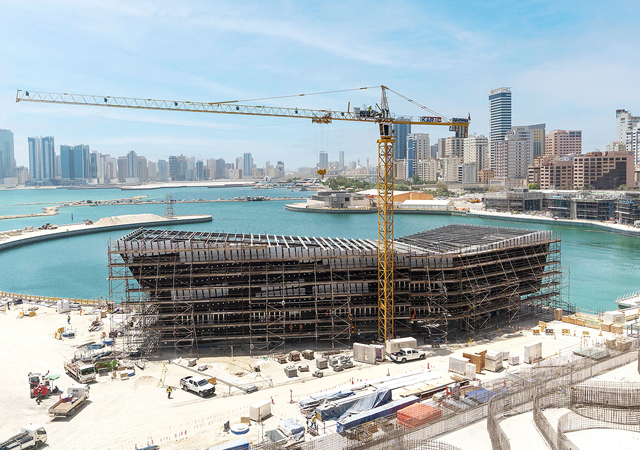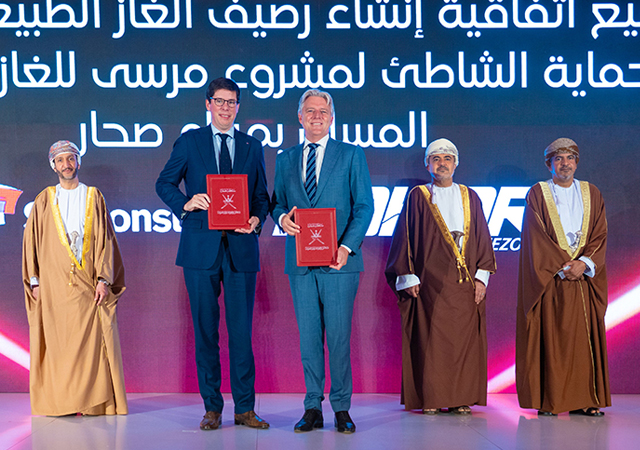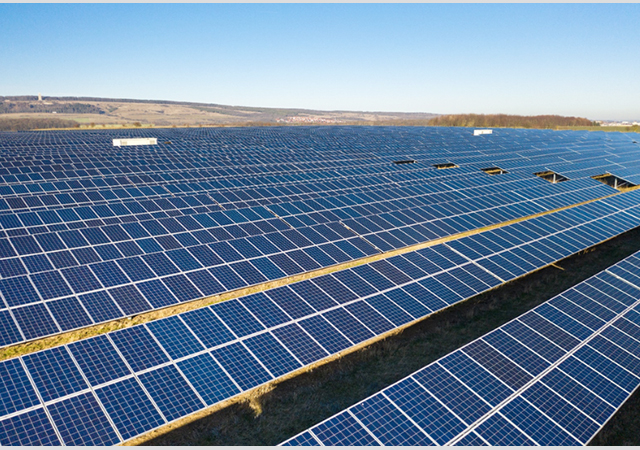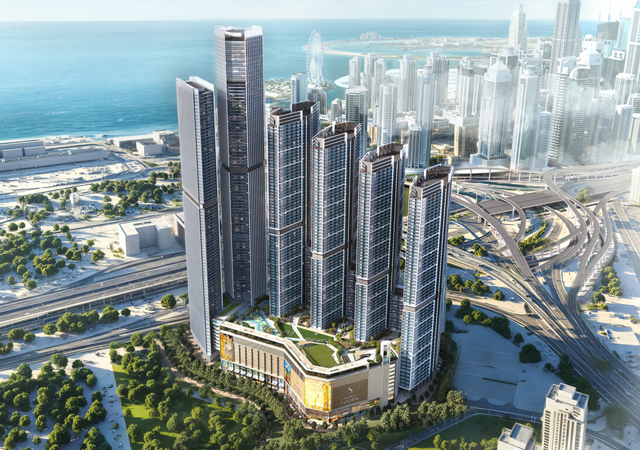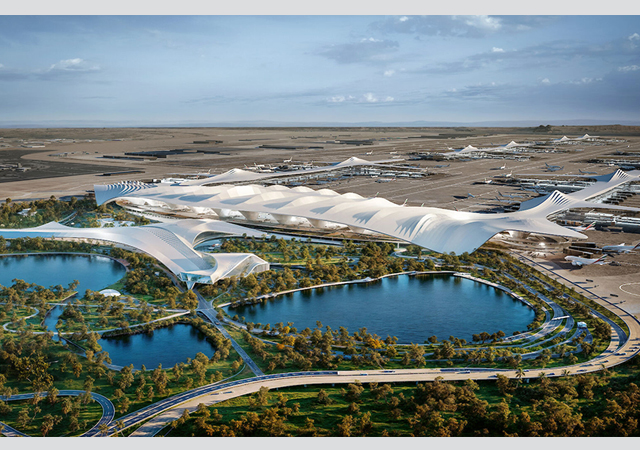

Fugro-Suhaimi Limited - a company of geotechnical, materials and NDT engineers who have been working in Saudi Arabia since 1976 - and Saudi Aramco have been monitoring the performance of foamed bitumen asphalt used on the Shaybah Access Road.
The road is approximately 386 km long and runs from the main Saudi-UAE highway near Batha to the Saudi Aramco Shaybah facilities. It is an asphalt pavement constructed from recycling an unbound aggregate road with a mixture of foamed bitumen and cement slurry. The end result is a road with a smooth surface finish that will bear the weight of heavy goods vehicles travelling in excess of 80 km/h in the middle of the Arabian Desert.
The original road surface was compacted marl. Marl is a local term given to the material used in forming the sub-bases of pavement and access roads. It is a naturally-occurring material that consists of sand and limestone fragments. It can easily be compacted and rolled to produce acceptable road surfaces but has several disadvantages. The surface soon becomes rough and then gives an uncomfortable ride even at relatively low speeds in 4x4 vehicles designed for this type of terrain. It requires regular maintenance. In the three-month rainy season, it can dissolve into a muddy morass. In the dry season, which is the remaining nine months of the year, it is dusty and requires damping down to prevent vehicles from literally wearing it away.
AI-Khodari and Sons Company, the road contractor, constructed the foamed bitumen asphalt pavement using a computer-controlled pavement recycler manufactured by Wirtgen, Germany, and supplied by Mohammed S Al-Subai Establishment, Dammam.
The recycler milled the top 200-mm of the marl road and re mixed in-situ the milled material with the foamed bitumen and cement slurry. The recycler was fed with hot bitumen, water and cement slurry by two tankers running in front of it.
Foamed bitumen is produced by injecting metered quantities of cold water into bitumen that has been heated to approximately 180 deg C. This causes the bitumen to foam in air in special expansion chambers incorporated into the spray nozzles that feed the mixing chamber. The bitumen is expanded some 20 times by this process, making it a very effective binder that can be uniformly mixed with the cement slurry and granulated material in the mixing chamber. The cement slurry improves the load-bearing capacity of the pavement and the affinity of the foamed bitumen for the granulated material.
The remixed material was immediately profiled and compacted by graders and rollers following the recycler. The finished surface looked like a rolled dry lean concrete surface. The finish was smooth and hard and it was possible to run vehicles on the pavement almost immediately. The foamed bitumen asphalt was given a slurry seal finishing to seal the surface against the harsh environment, reduce wear on the surface and provide traction and skid resistance.
Saudi Aramco commissioned Fugro-Suhaimi Ltd (FSL) to perform a study to evaluate the performance of the Shaybah Access Road over a minimum period of three years.
Phase 1 of this study, Road Evaluation under Traffic Loading, concludes that the road has performed well and should have a long service life if the road surface (slurry seal) is properly maintained. Foamed asphalt offers significant advantages in cost and speed of construction over hot mixed asphalt and is deemed suitable for access roads, parking lots and other paved areas.
The road is 386 km long and the foamed bitumen road base was constructed in less than six months. The baseline survey established the road profiles and basic material properties at four trial sections that represented the distinct terrain types along the length of the road.
Cores were sampled and then tested to determine density, moisture content, binder content, voids ratio and strength. Further cores were sent for specialist testing to measure the properties of viscosity and resistance to deformation of the bitumen binder so that changes in these properties could be monitored over time.
The testing has not been without difficulty as the material has a tendency to disintegrate when in contract with water or solvents. So alternative methods for the measurement of the voids and binder contact had to be utilised.
The traffic flow has been monitored and a deflection survey has recently been completed so that, with the field CBR values of the sub-base, a pavement analysis can be carried out.
Survey teams are continuing to monitor the changes in the properties of the material and quality of the pavement with regular surveys of the road at six monthly intervals.
Road assessment
The overall assessment of the road's condition and its performance from the data presented is that the foamed bitumen-stabilised road has performed well under the intense Shaybah construction traffic. The road has successfully completed the first phase of its life by supporting the construction of the Shaybah facilities and, in doing so, carrying all the heavy loads and volume of traffic associated with such a project.
It is apparent from the study so far that the defects observed are fairly typical for an access road with a slurry seal type of surface treatment. The majority of the defects recorded in the surveys of the study to date are related to the performance of the slurry seal. It is the most vulnerable part of the pavement but plays an important part in the overall integrity of the pavement and its serviceability to the road users.
The road remains structurally sound as illustrated by the physical strength of the material and the pavement analyses. Analysis suggests that the pavement should have a long service life, in excess of 35 years.
However, it is difficult to predict what the definitive long-term performance of the road will be for the following reasons. The performance and analysis data to date suggest that the foamed bitumen road base is behaving more like a chemically-stabilised material than a bituminous one. This means that the model used in the analysis is not particularly representative of the foamed asphalt. Therefore, the design or service life of the road determined from the analyses may be overstated. What is certain is that a long pavement life will only be achieved if the road surface is maintained on a continuous basis.
Foamed asphalt roads offer several advantages over hot mixed asphalt roads. The foamed asphalt process is versatile, cost-effective and efficient. The total cost of a foamed asphalt road with a slurry seal surface is approximately 50 per cent of that of a traditional hot mix asphalt road.
It can utilise various types of road base from bitumen asphalt to marl, even if the marl has relatively high clay or silt contents.
It is cost-effective by the speed of operation, as the process is mix-in-place, and by reusing the existing road base. This reduces the cost of new materials and transportation and eliminates waste disposal logistics and costs.
The process does not require the mobilisation and installation of batch plants and the foamed asphalt road train can lay up to 6 km of road per day.
The study has indicated a reduction in strength of the foamed asphalt with increased moisture content, but the road still performs well in areas of high water table. However, terrain with a naturally-occurring high ground water level is likely to be more at risk to this potential problem.
In addition, test results show that the road base is becoming less stiff with time, indicating that some weakening may be occurring. This is almost certainly caused by the effects of the environment on the road. The long-term effect of the environment is unknown at this Phase 1 stage of the study and only continued monitoring in Phase 2 will indicate what affect it will have on the rate of deterioration of the road.
Slurry seal
The slurry seal has been found to be the most vulnerable element of the road. And this has been reflected in the early damage to the road that was the cracking and, in some locations, failure of the slurry seal. The slurry seal has also been vulnerable to damage along the edge of the road as a result of bitumen hardening, lack of sufficient support and poor adhesion to the underlying material.
The surface condition, that is the road's serviceability, is still acceptable but the indications are that the serviceability of the road will deteriorate to an unacceptable level long before the structural integrity of the road is compromised. The continuing resurfacing and patching is maintaining the integrity of the road but is not necessarily improving the surface smoothness or overall condition.
It is thought that the combined effects of heavy traffic loading and the harsh environment have accelerated the rate of deterioration of the slurry seal. The rate of deterioration appears to indicate that this type of surface treatment has not been substantial enough to withstand the traffic loading and environment effects that it has been subjected to. Previous work carried out in sub-tropical climates suggests that a more substantial type of surface treatment may be required in this harsh environment.
Any further work carried out would try to assess the suitability of slurry seal and several other surface treatments to determine the most suitable treatment to cope with the harsh gulf environment.
The slurry seal could be seen as a sacrificial part of the pavement as it is relatively easy to maintain and replace. However, it should still have a reasonable design life of five to six years so as to preserve the integrity of the pavement and make it economically viable.
Conclusion and recommendations
The foamed asphalt stabilised road has performed well under the intense Shaybah construction traffic and the defects observed are fairly typical for an access road with a slurry seal type of surface treatment. Analysis suggests that the pavement should have a long service life if the road surface (slurry seal) is properly maintained.
Foamed asphalt can utilise various types of road base, from marl to recycling existing asphalt roads. The road base materials in this study are indicative of what is available throughout the Eastern Province in similar isolated locations.
This means that the study should produce meaningful data to evaluate the suitability of this process for other locations within the Eastern Province.
It is the conclusion of Phase 1 of this study that foamed asphalt is suitable for access roads, and can withstand heavy trafficking for short periods of time. It is also suitable for parking lots and other paved areas.
Foamed asphalt offers significant advantages in cost and speed of construction over hot mixed asphalt, which may make it appealing to new construction projects, replacing existing deteriorating roads, or paving pipeline roads.
Phase II of this study will evaluate the foam asphalt performance under harsh environmental conditions over a prolonged period. This phase of the study is expected to extend for two years. It will be of particular importance to confirm the rates of change in bitumen hardening in both the road-base and the surfacing layer. The apparent trend for the road-base material to decrease in stiffness should be confirmed by testing on an annual basis.
It is also recommended that further investigation and advice be sought into the type of surface treatment for foamed asphalt roads. Although the slurry seal is maintaining the integrity of the road to date, it is thought that various other forms of surface dressing may do the same job more efficiently and with less maintenance. Previous studies carried out in similar environments suggest that chip seals or OTTA seals might be more applicable to Saudi Arabia.
While the material is unlikely to have a great impact in other areas in the world, the potential applications in the Gulf region are numerous.
Further work is being undertaken to apply the process to cost-effectively recycling poorly constructed and damaged roads and improving the quality of the marl sub bases that are widely used throughout the Gulf.










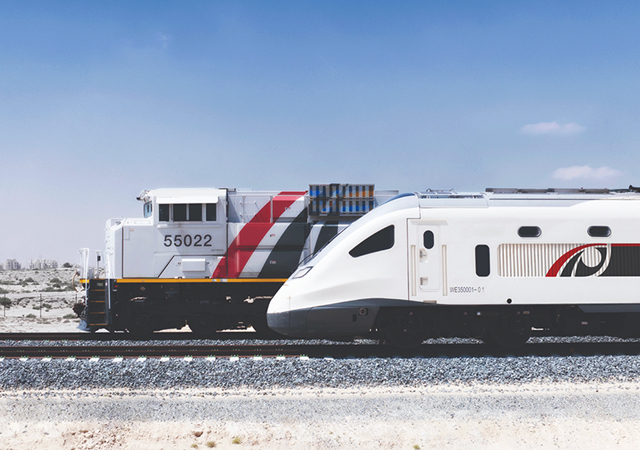
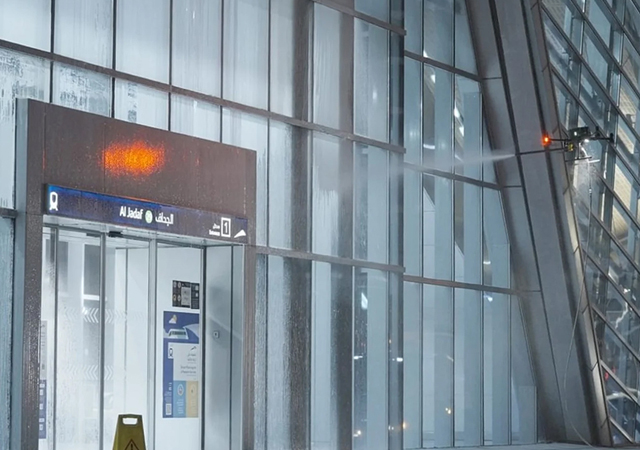
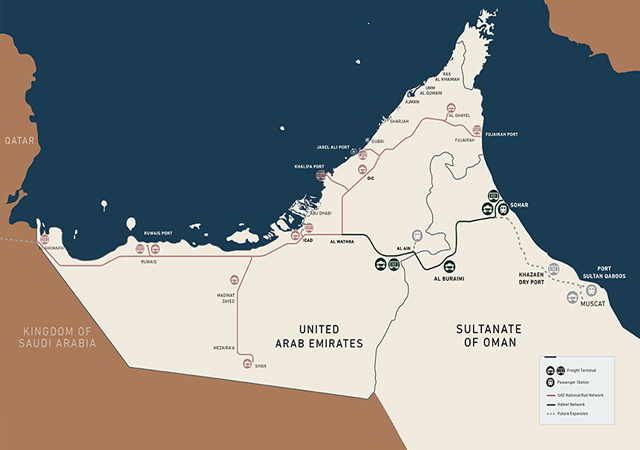
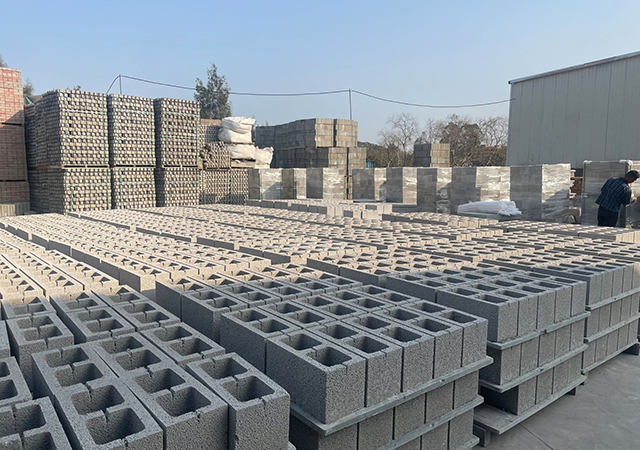


.jpg)
.jpg)
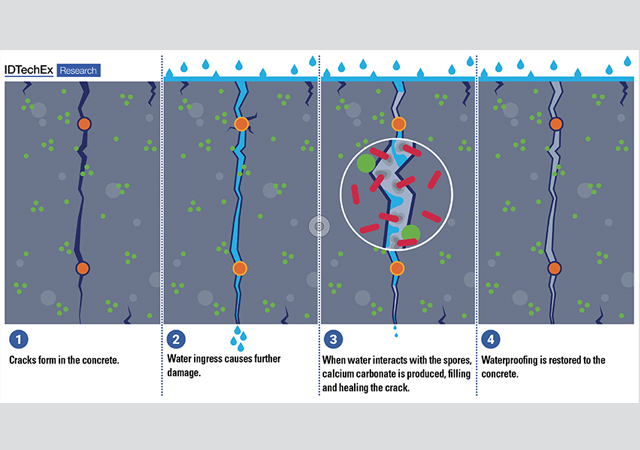
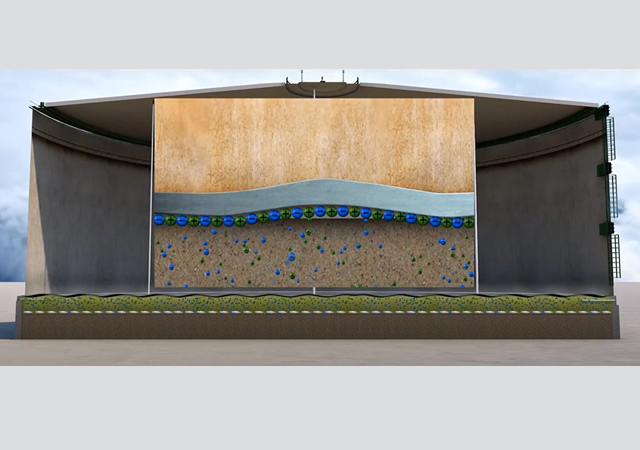
.jpg)
.jpg)
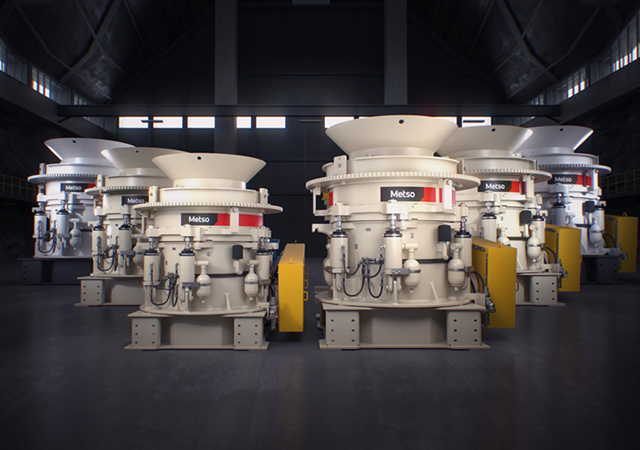
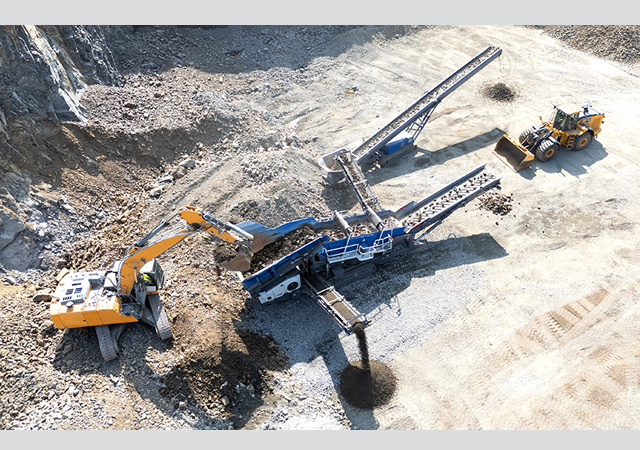
.jpg)
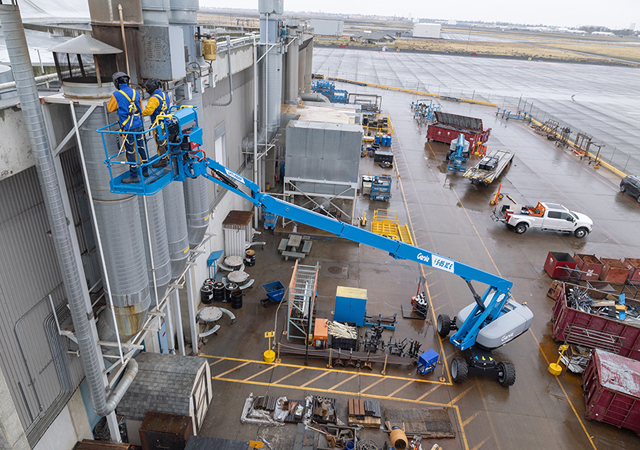

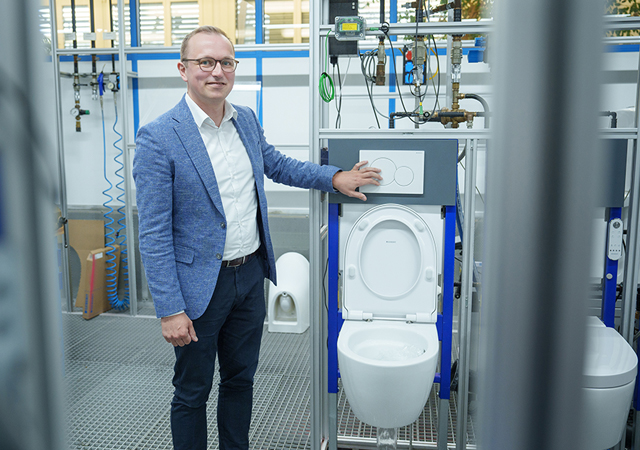

 Doka.jpg)



